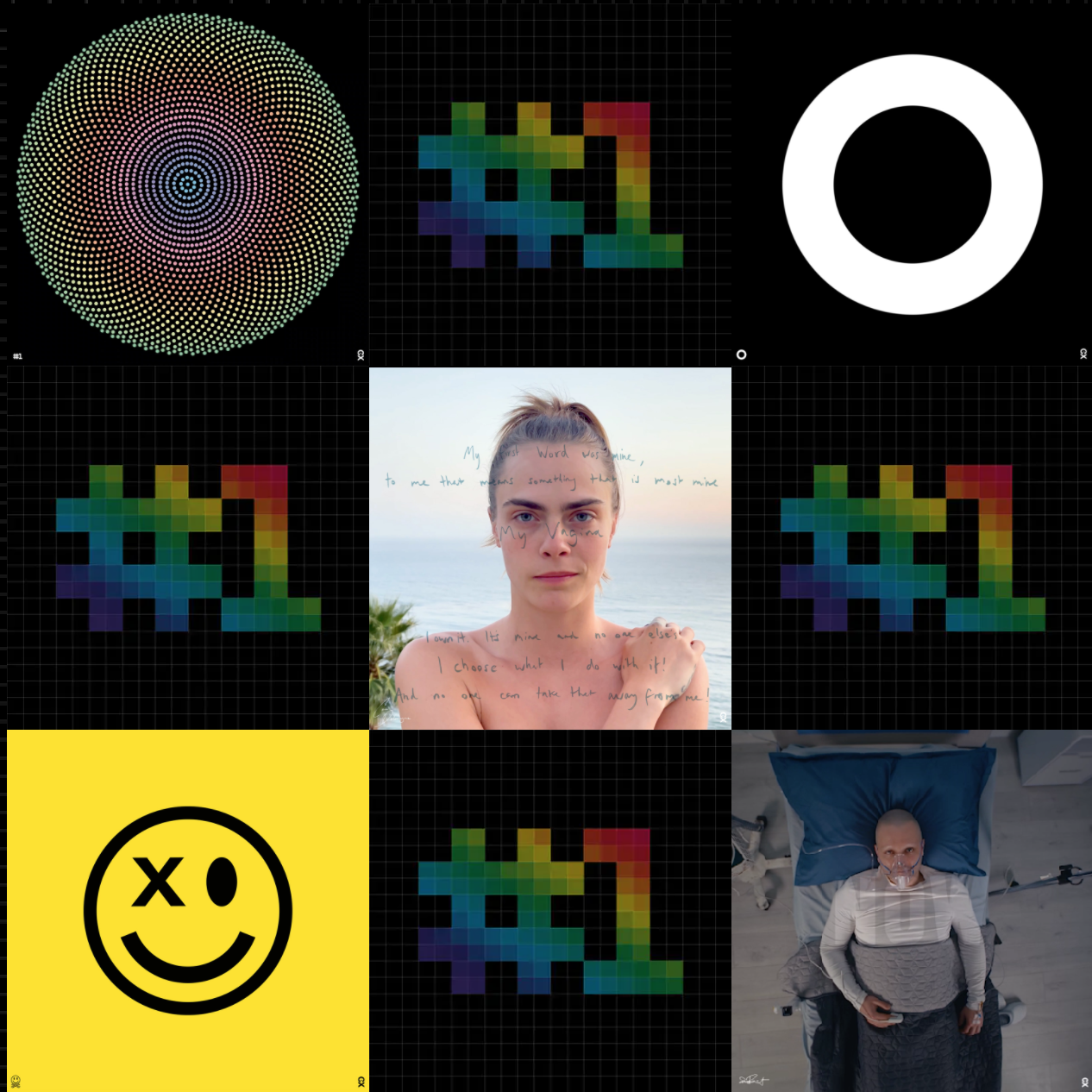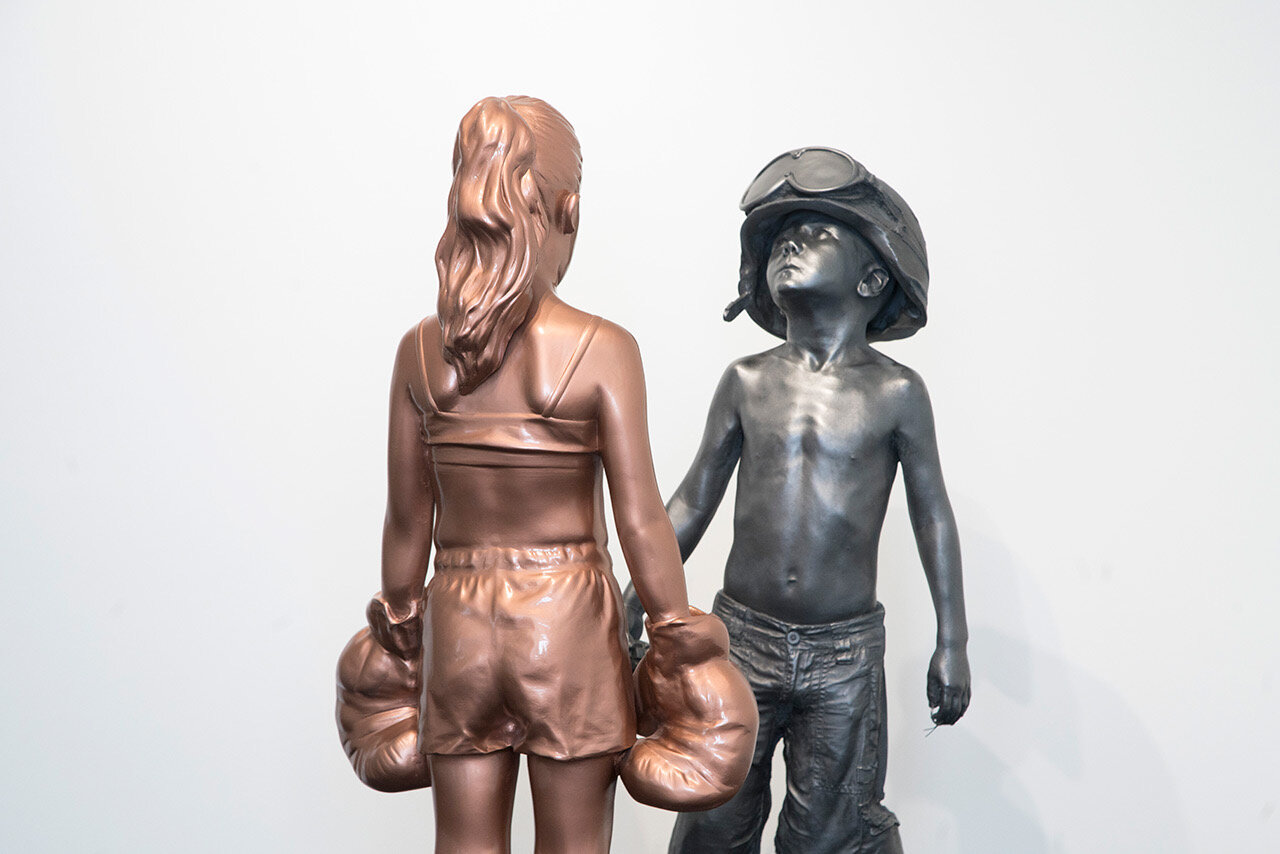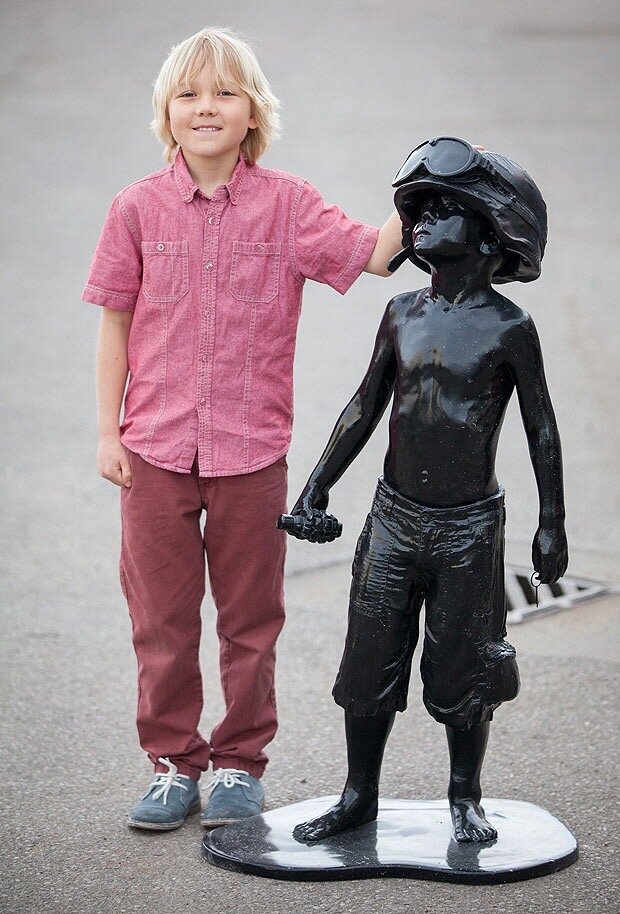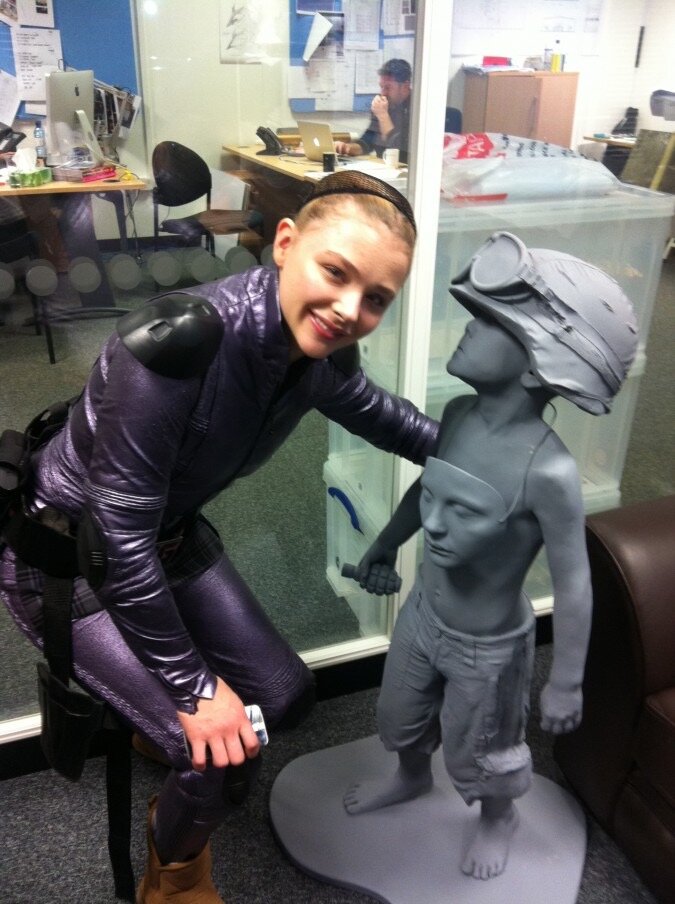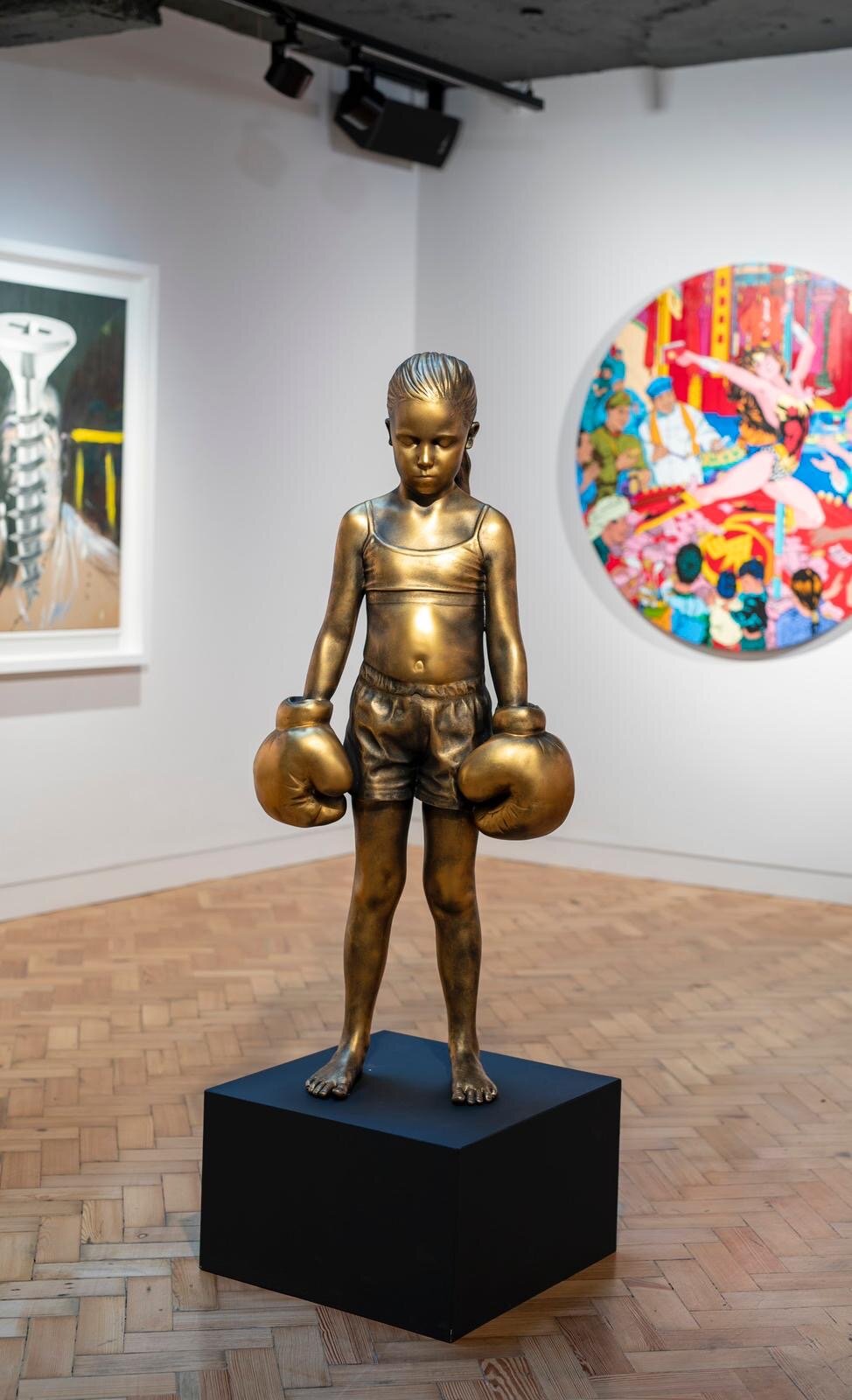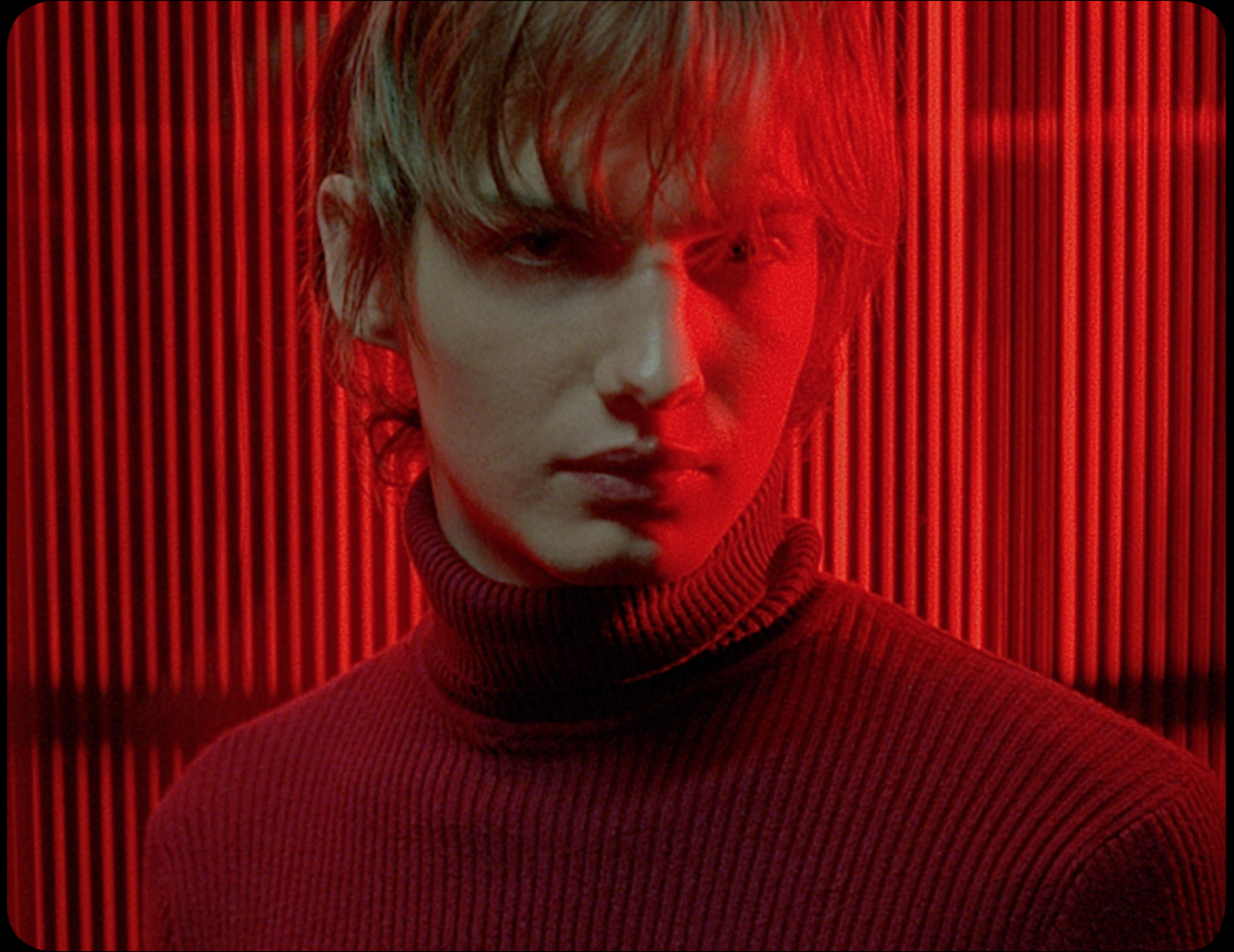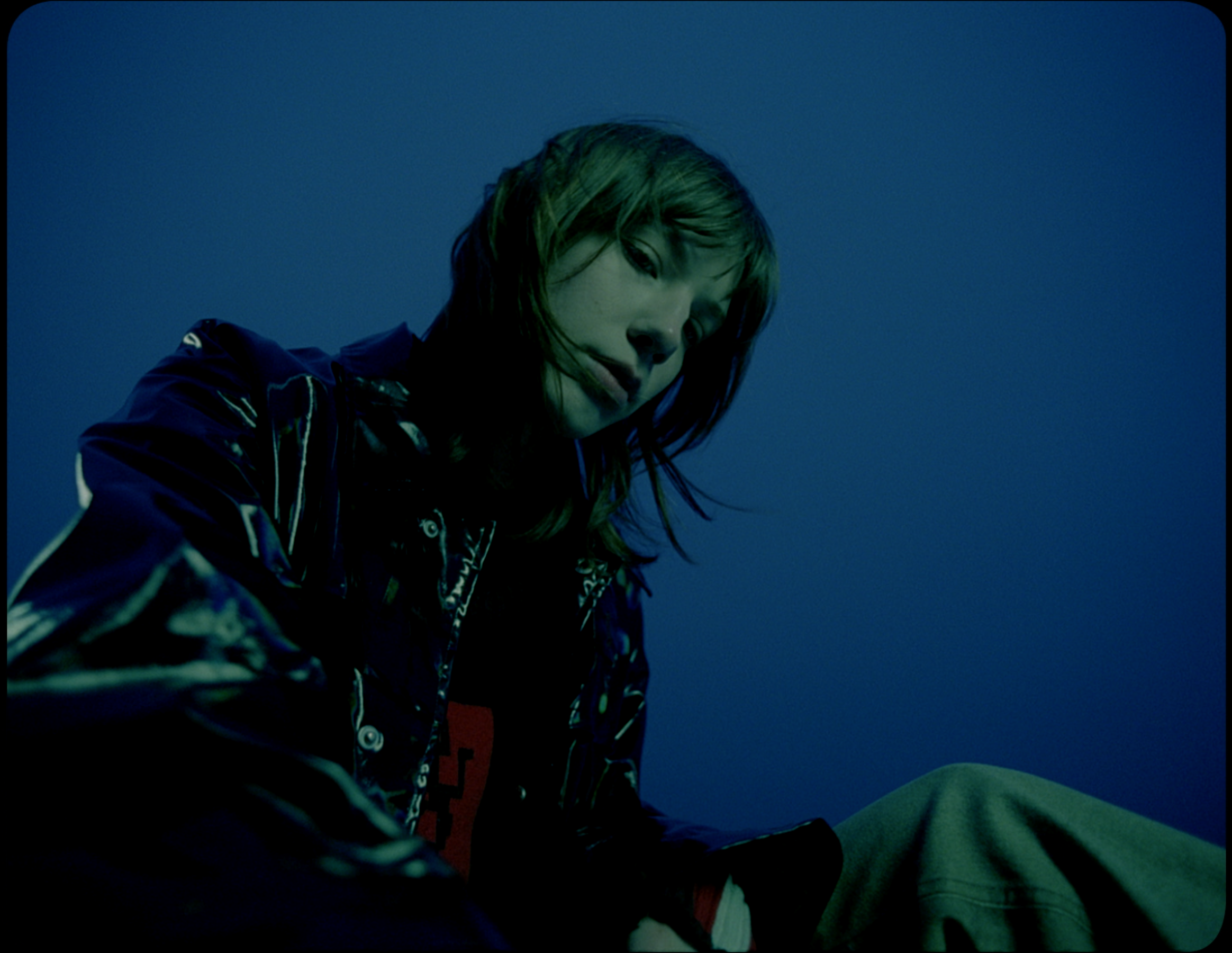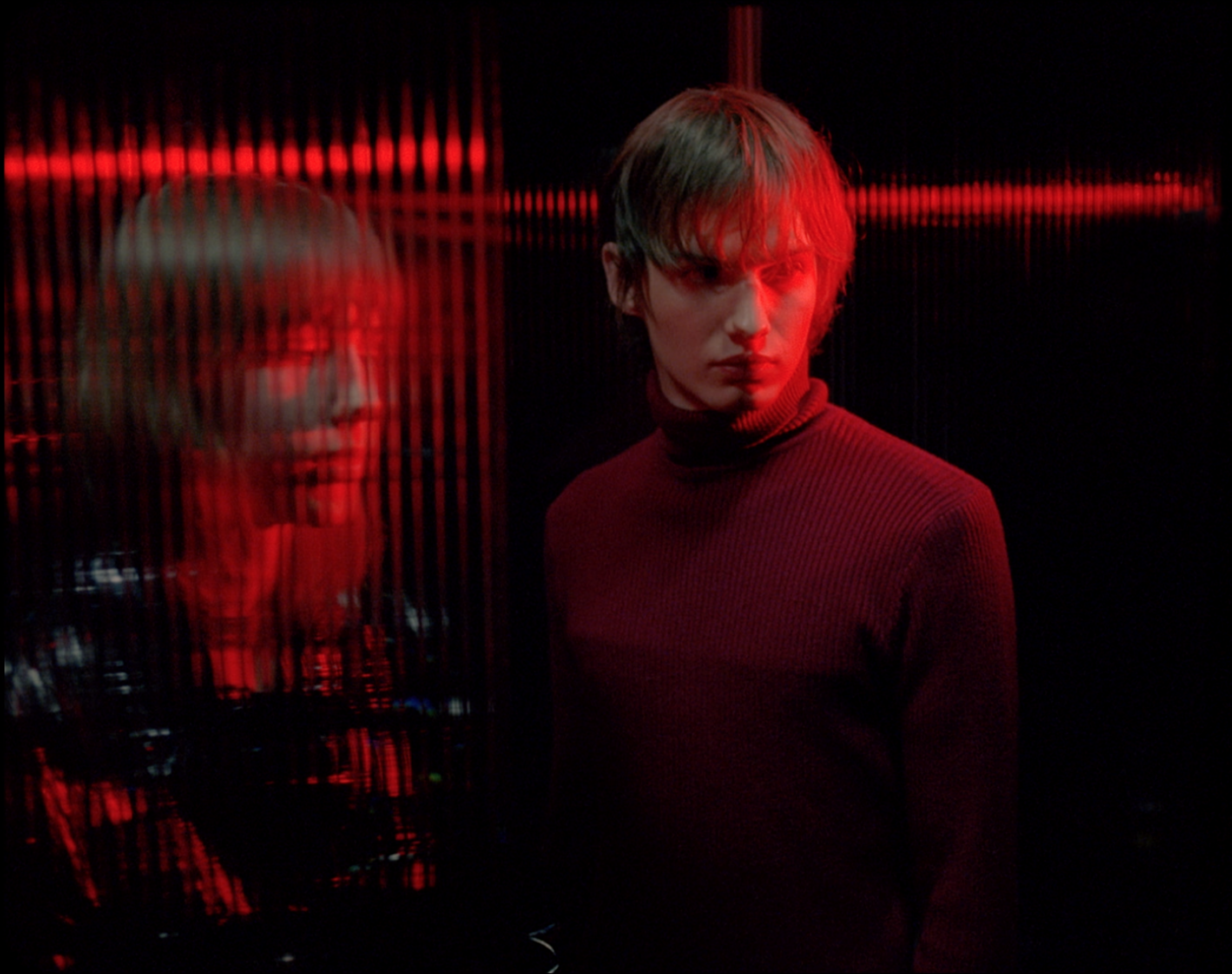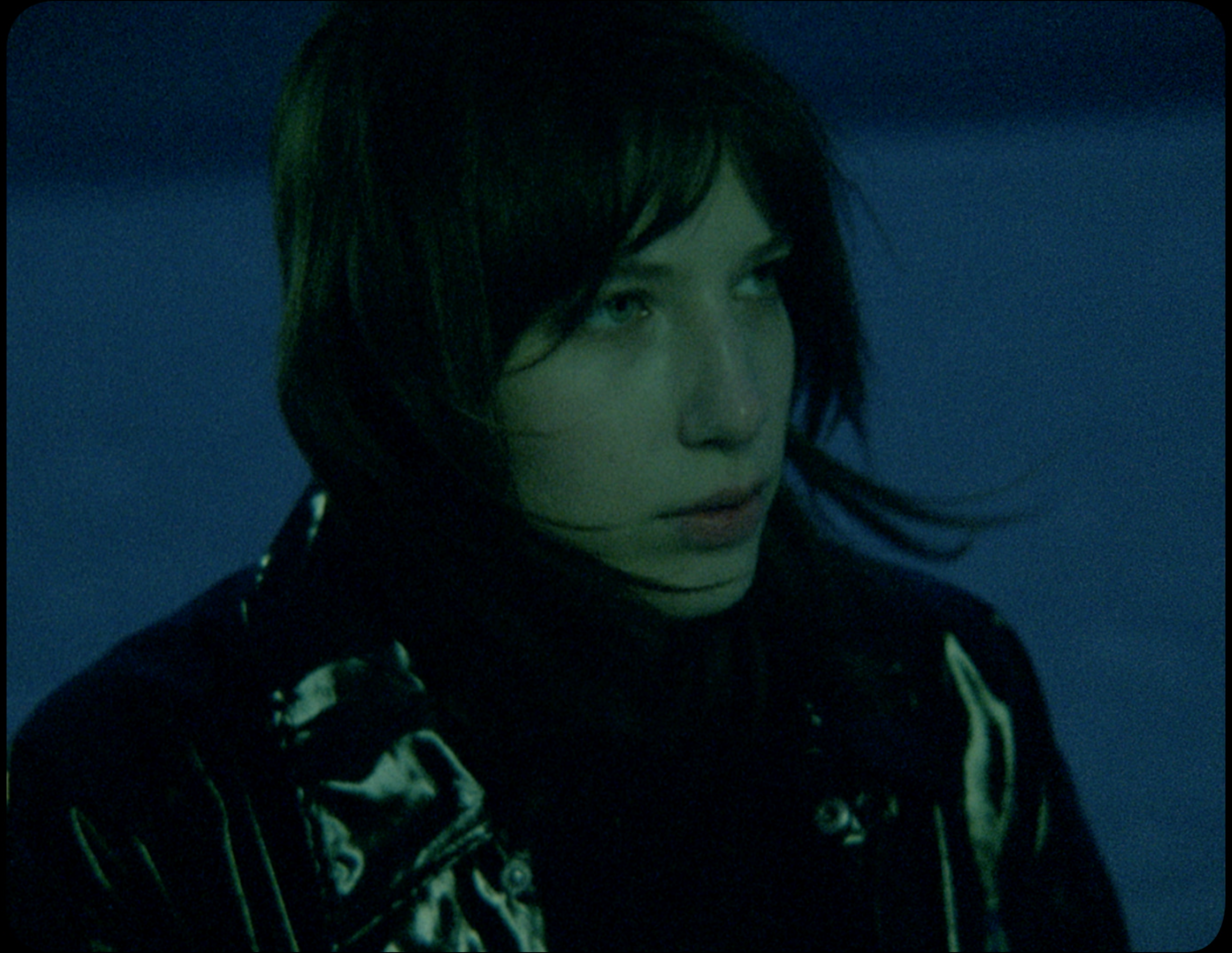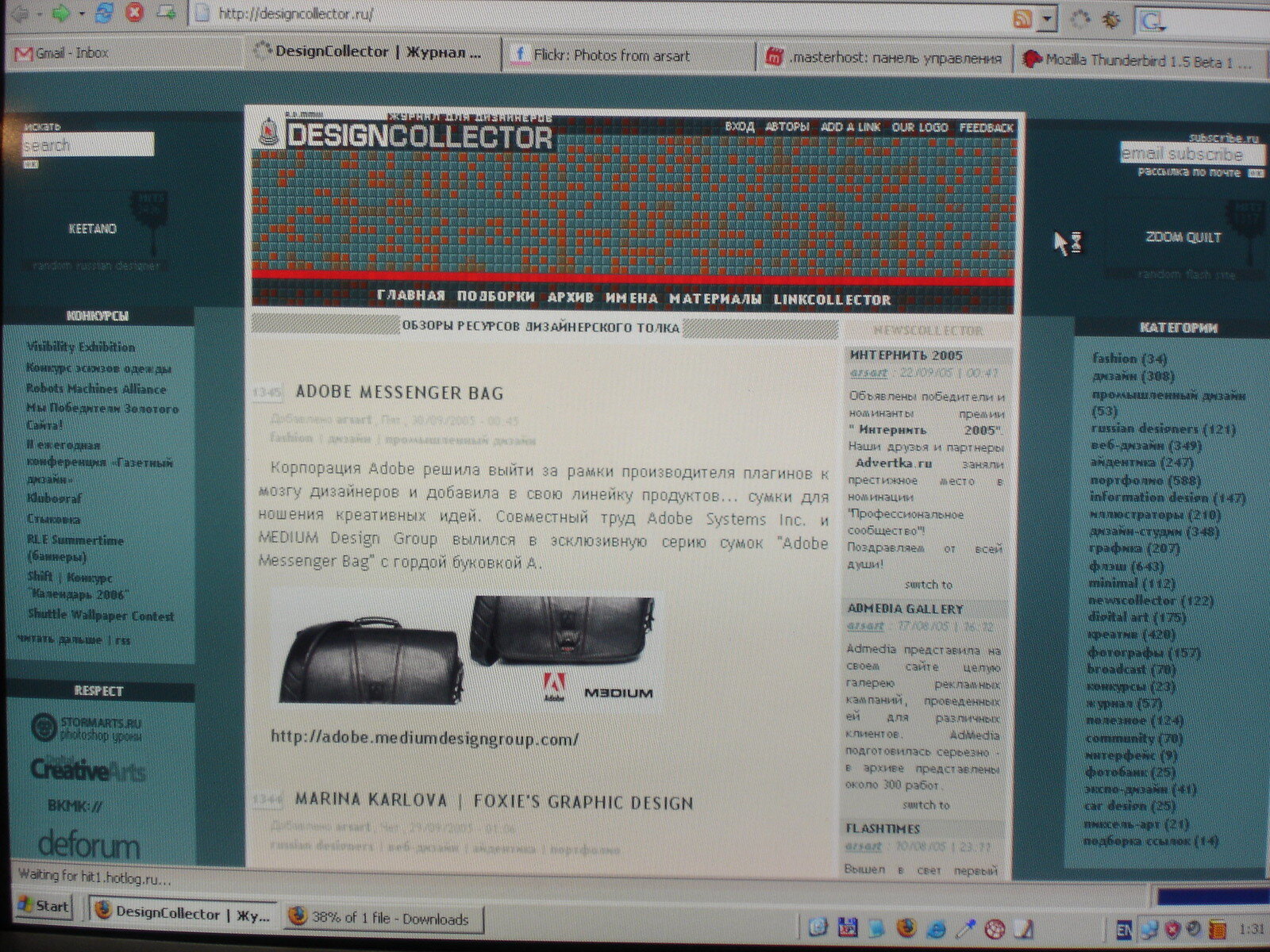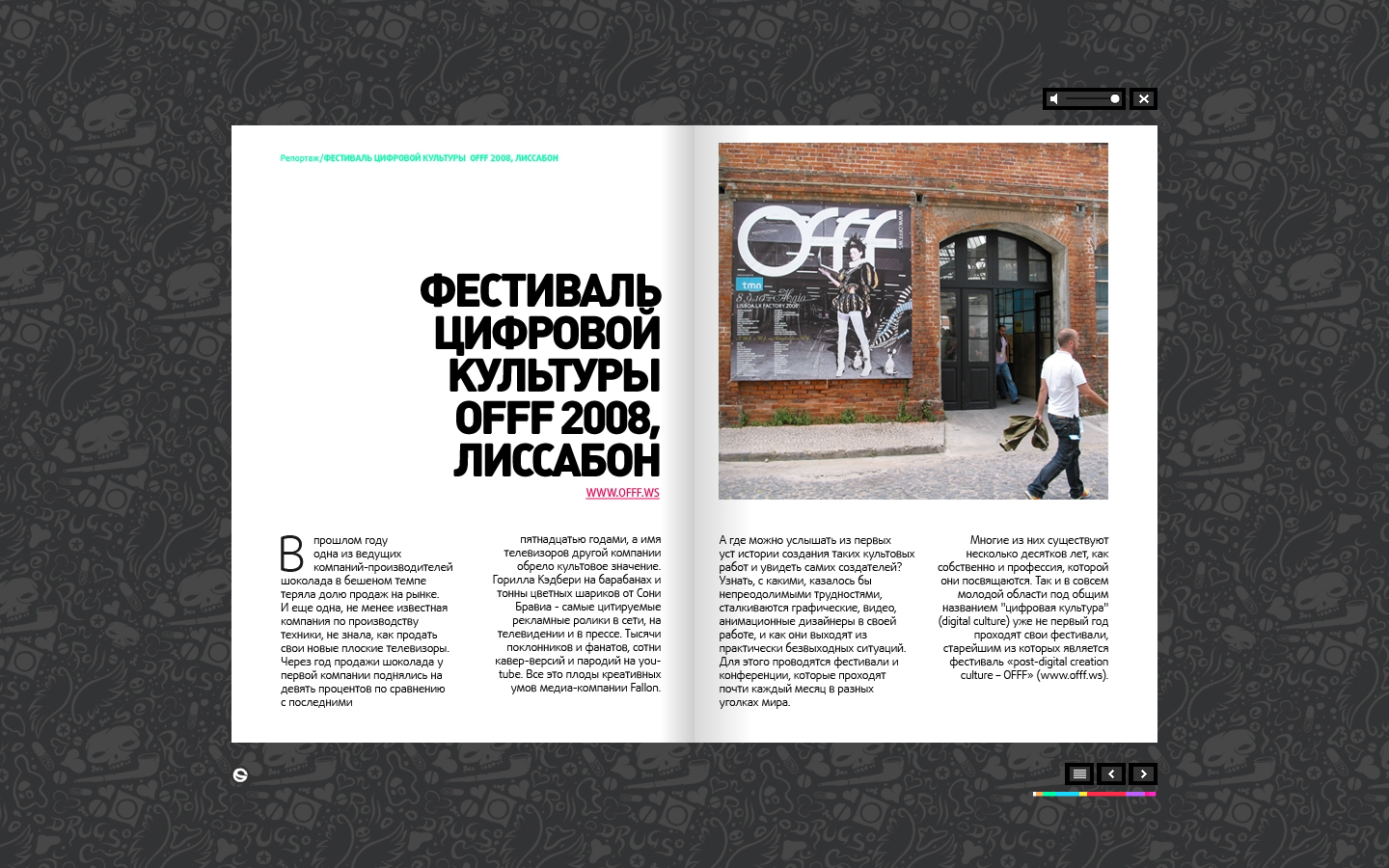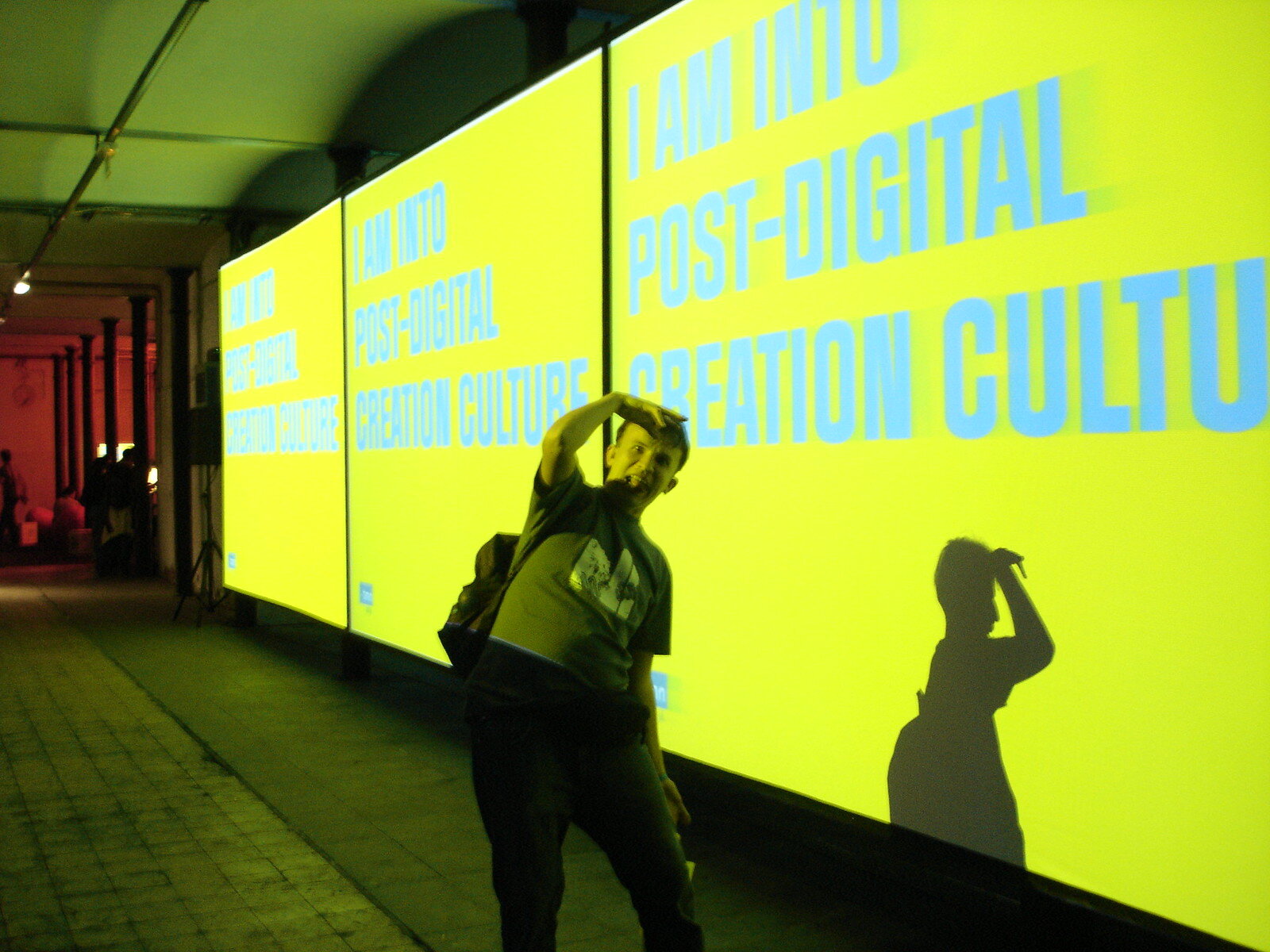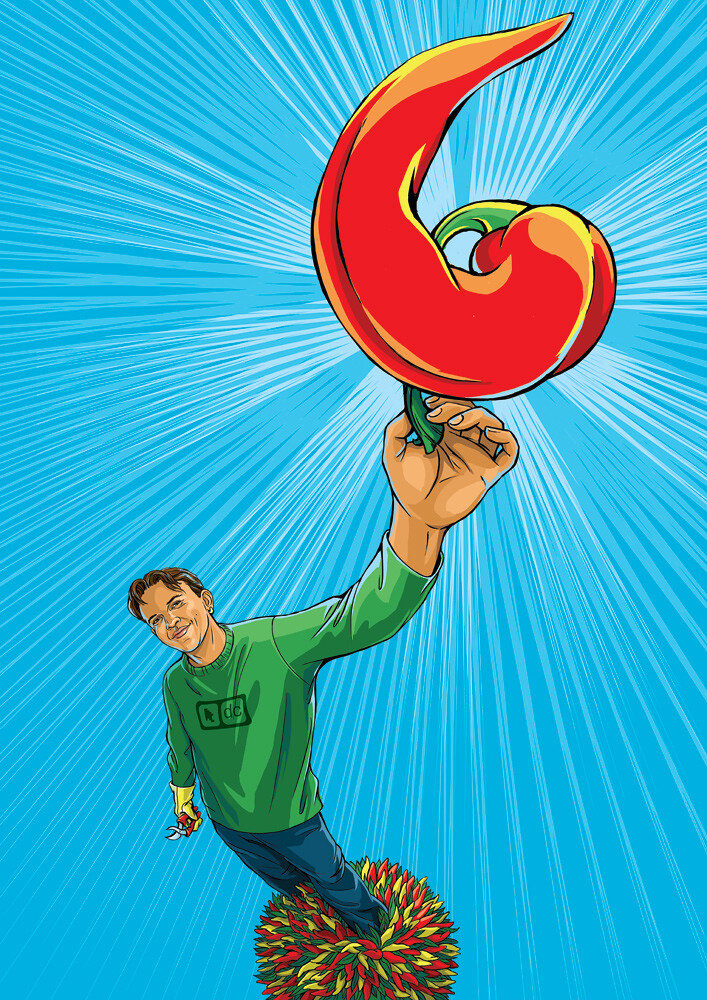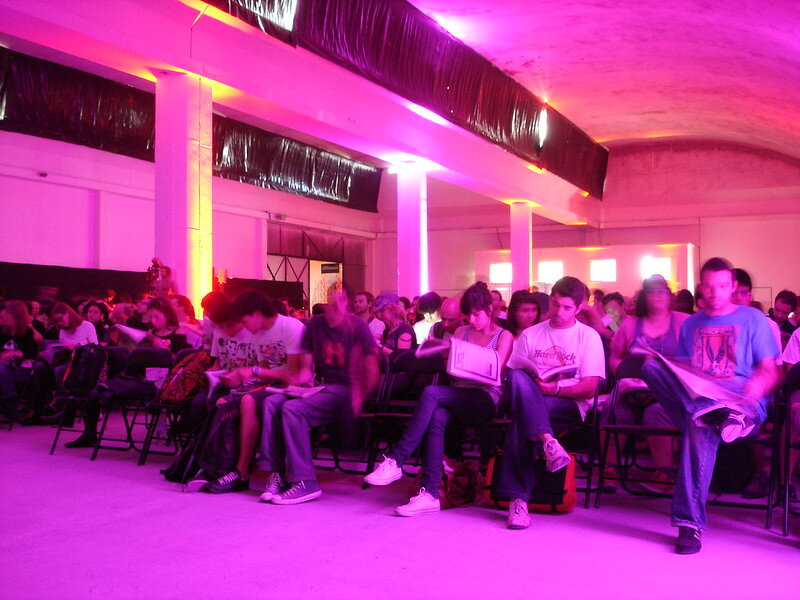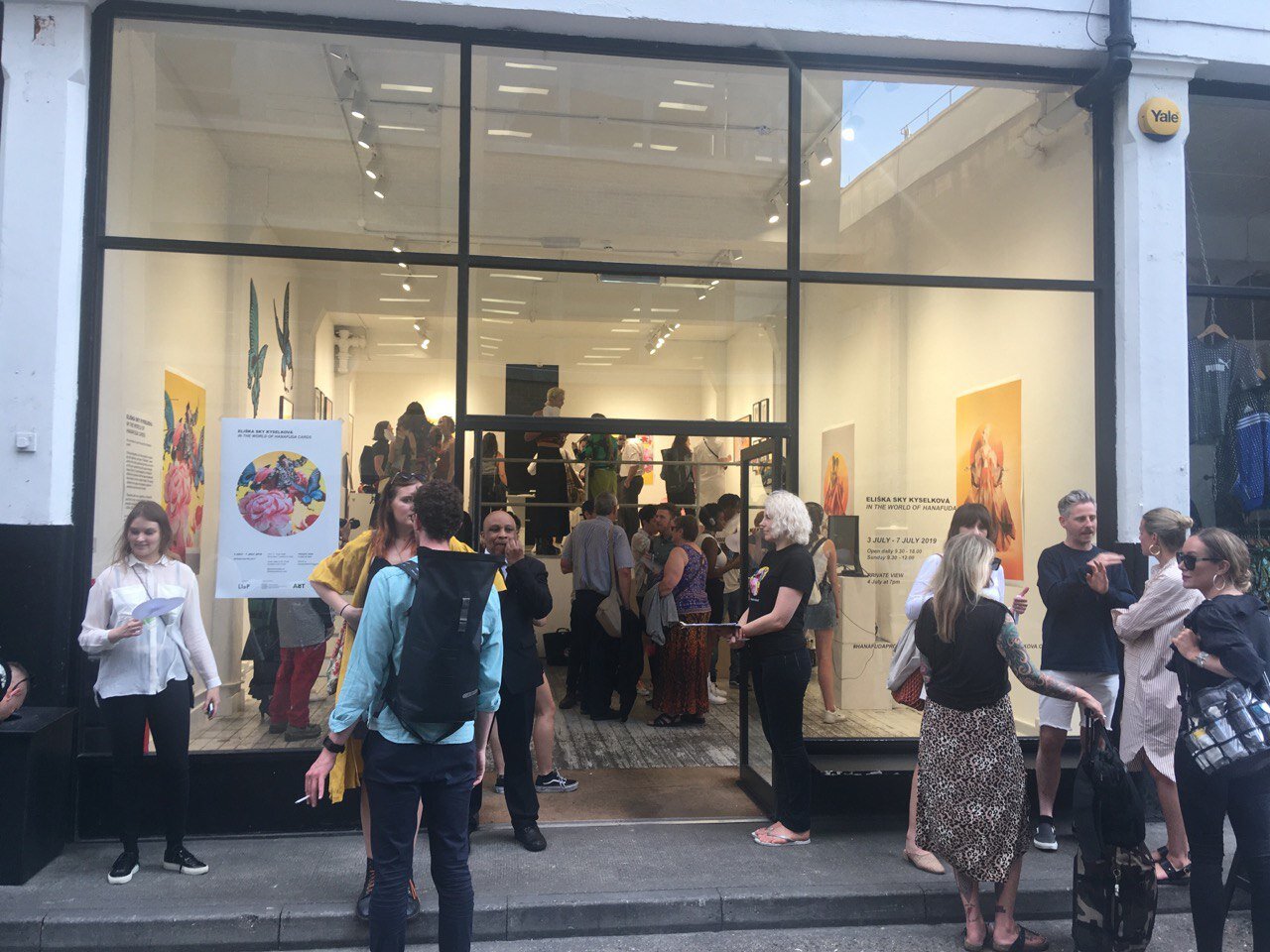Hi, I’m Schoony a London based sculptural artist exploring 3D technologies such as 3D scanning, digital modelling and 3D printing to create my works physically and digitally. My work pursues themes of commercialism, violence, and contemporary Western society’s detached relationship to warfare.
What was your path to doing what you’re doing now?
Growing up my father, John Schoonraad, worked in film special effects. He brought my brother Robin and I on set and into the workshops a number of times as kids which used to blow us away. At the age of 15 I started working with my dad on films in the special effects prosthetics and specialty props departments. It took me on some fantastic adventures globally, working on films and like Back Hawk Down, Rambo, Harry Potter and Star Wars.
I was introduced to the art scene by Joe Rush and Nic Reynolds with Mutate Britain. My first work that I created for the show was called Rope Trick, which was a take on the Indian rope trick. The main figure for the work was eventually reimagined as the Boy Soldier, one of my longest running motifs.
The progression of my execution was originally influenced from my work in special effects, predominantly life casting, sculpting and model making. I have always had a keen eye for technology however and when Artec 3D scanners became available I got my hands on one. Through 3D scanning and sculpting I then began to utilise 3D printing, CNC milling and now animation.



